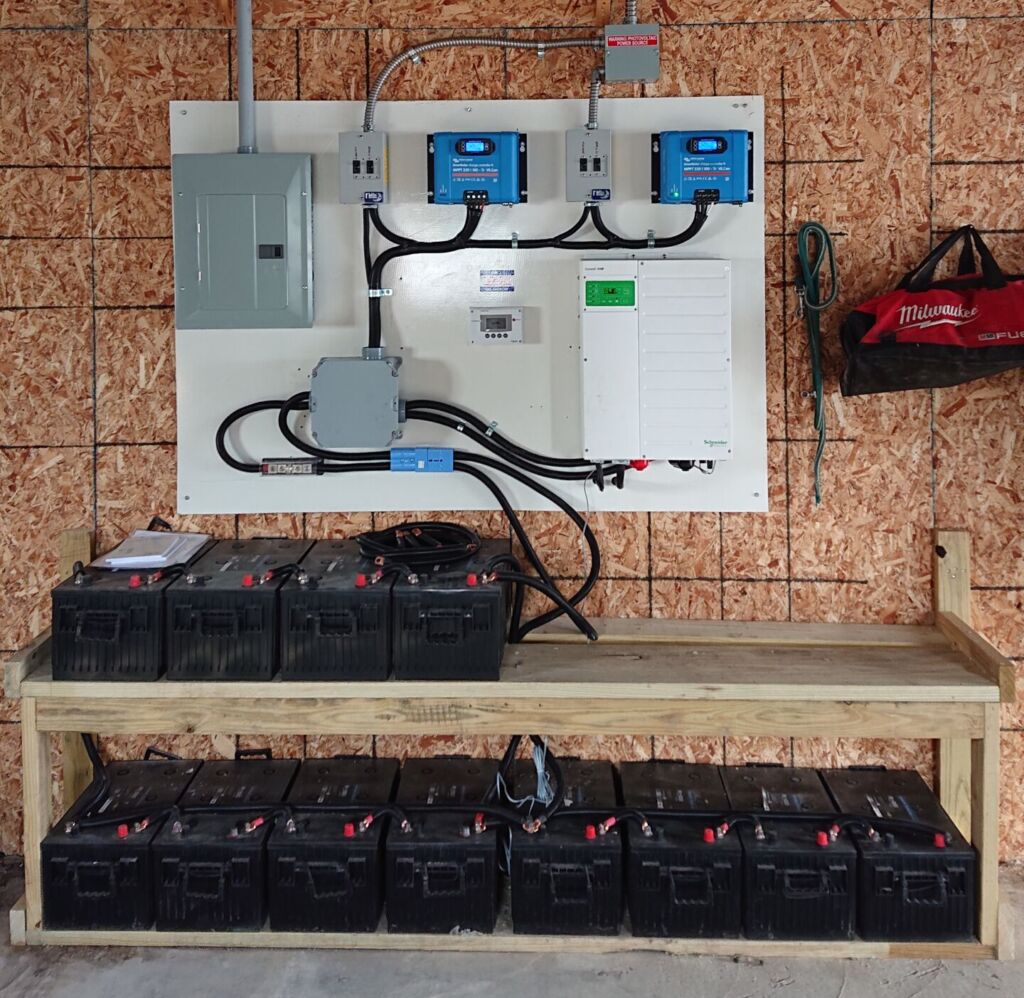
LiFePO₄ vs Lead-Acid: Cold Climate Performance in Canada
Compare lithium iron phosphate with lead-acid for Canadian winters. LFP offers better cold performance, longer life, and inherent safety for residential applications.
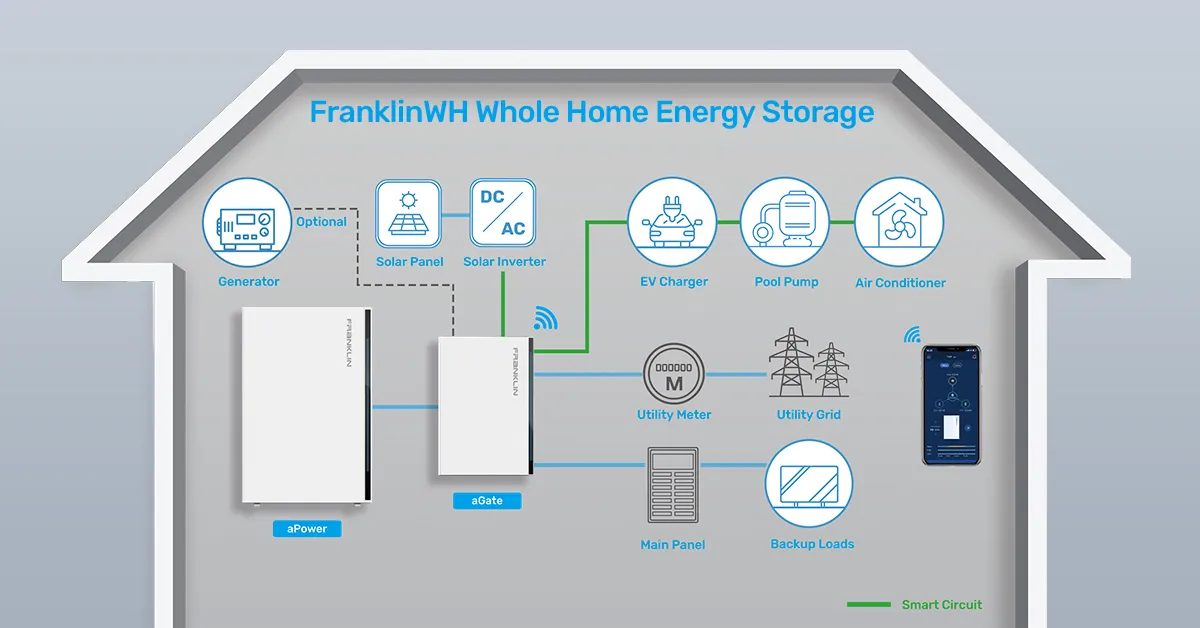
Sizing Battery Storage for Canadian Homes: Load Analysis & Backup Days
Calculate the right battery capacity for Canadian homes. Focus on critical loads first: refrigeration, lighting, and essential circuits for 1-3 backup days.
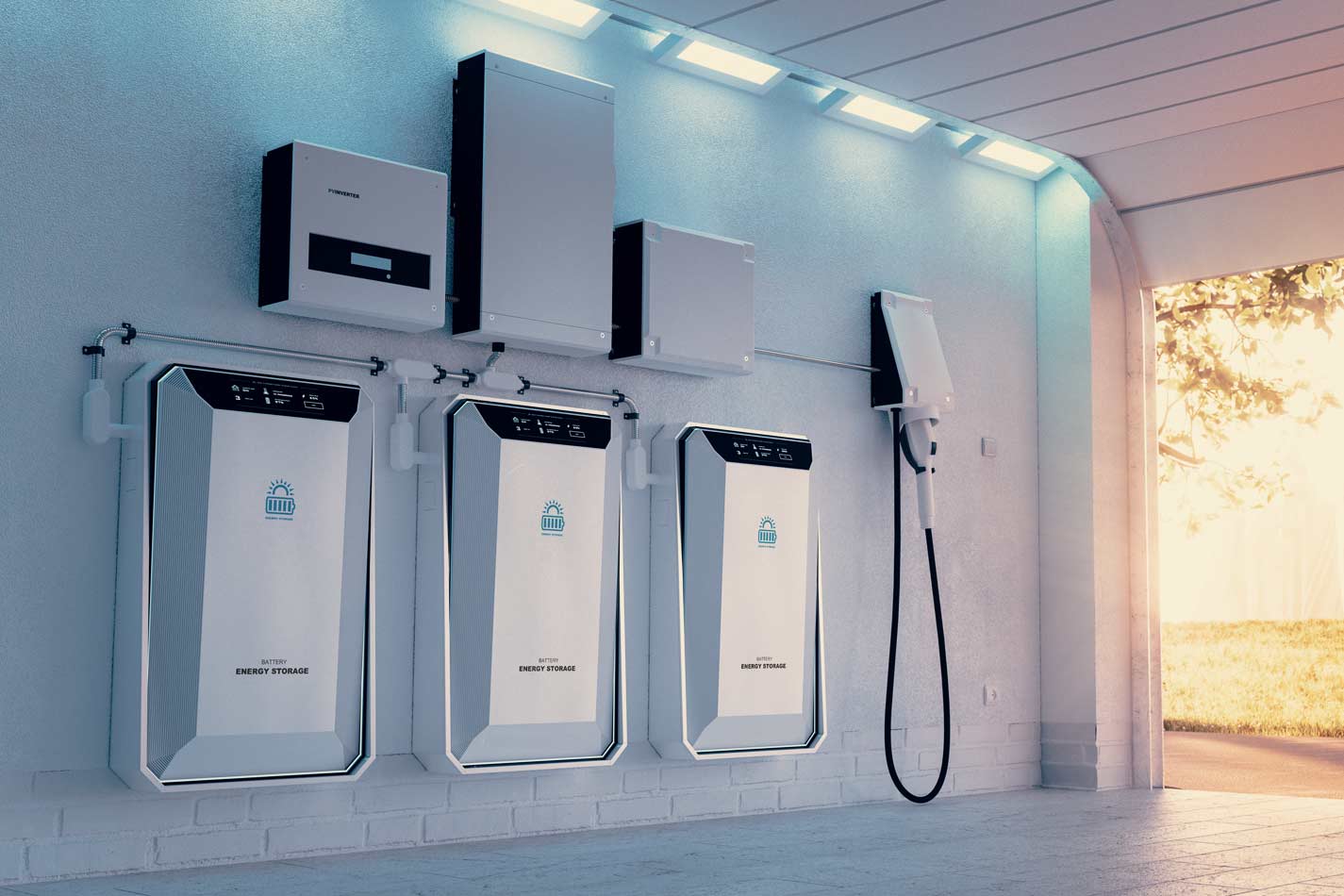
CEC 2024 & UL 9540: Battery Safety Standards for Canadian Homes
Navigate Canadian electrical code requirements for ESS installation. Understand UL 9540/9540A certification, thermal runaway protection, and residential siting requirements.
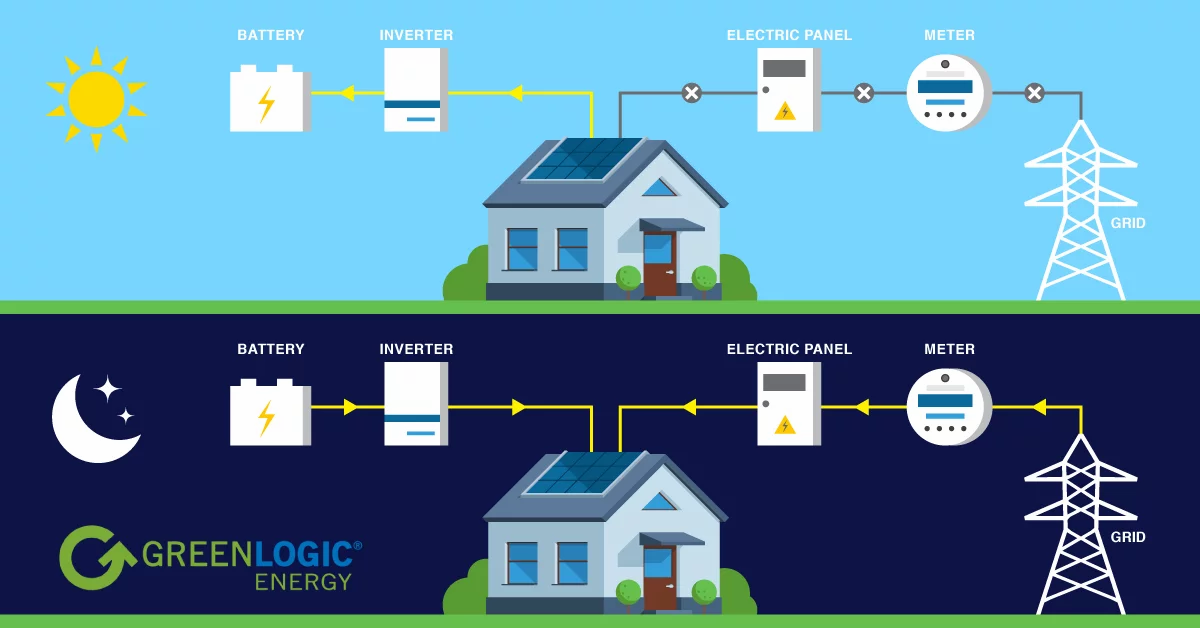
Winter Performance: Battery Management Systems in Sub-Zero Temperatures
How BMS with integrated heating maintain battery performance in Canadian winters. Understand usable capacity degradation and charging window limitations below freezing.
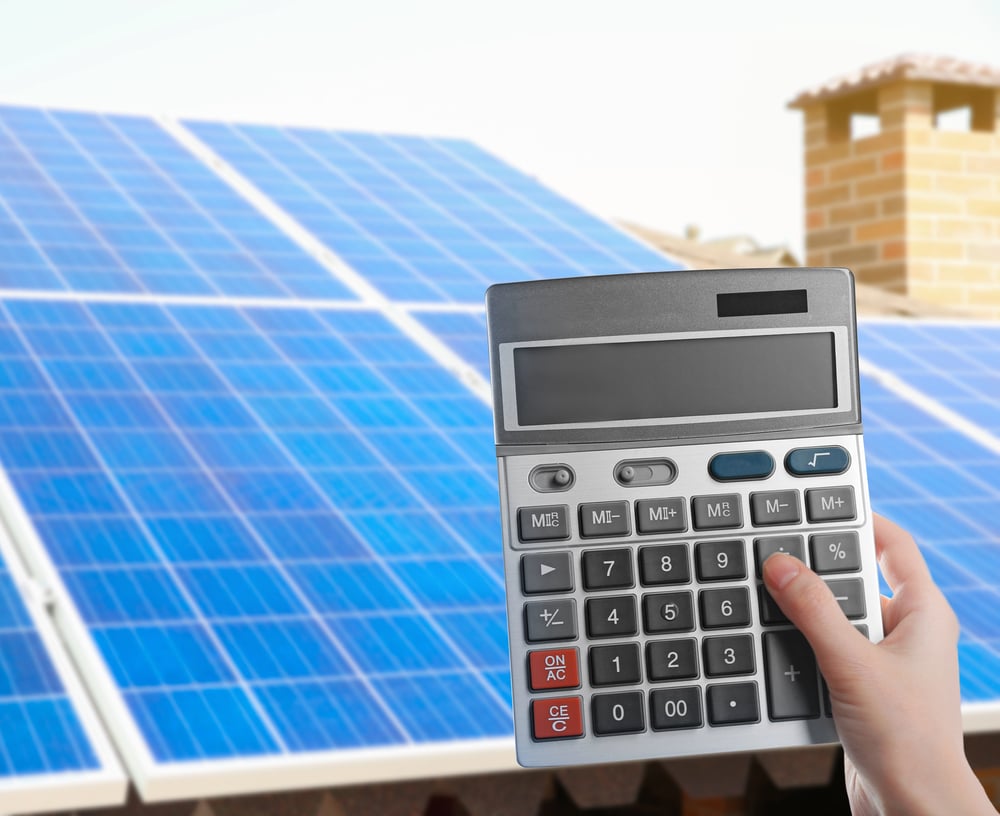
Battery Storage Costs in Canada: 2025 Pricing & ROI Analysis
Real costs for 5-15 kWh LiFePO₄ systems including installation. Compare Tesla Powerwall, Enphase, and other brands. Calculate payback periods and BC Hydro rebates.

Sodium-Ion vs Lithium: Emerging Battery Technologies for Canada
Explore next-generation battery chemistries. Sodium-ion offers cost stability and better cold performance. Flow batteries for very long life and scalability in Canadian applications.
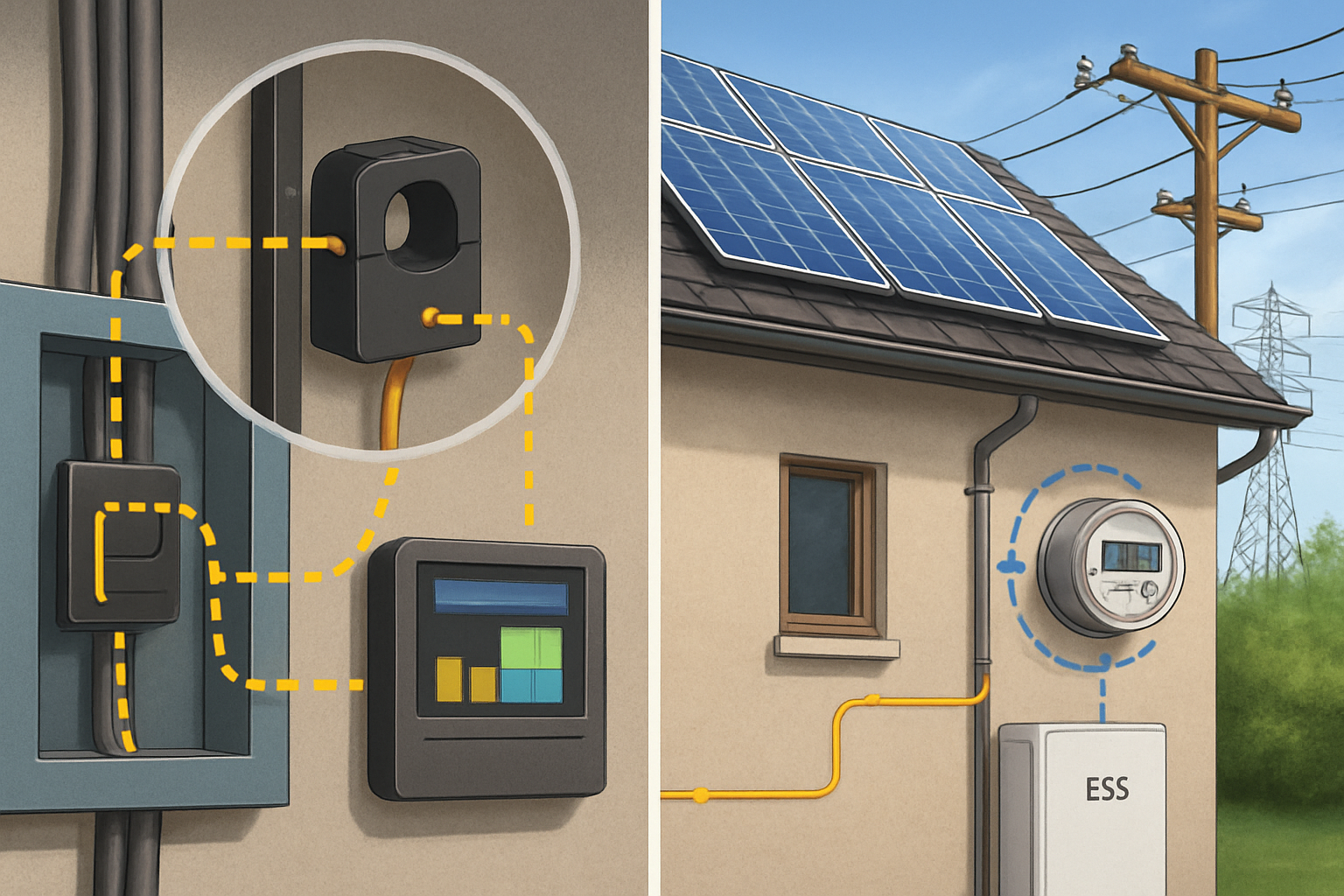
Energy Independence: Off-Grid Solar + Battery Sizing for Canadian Cabins
Design off-grid systems for Canadian climates. Multi-day storage requirements, generator redundancy, and seasonal production variations for remote installations.
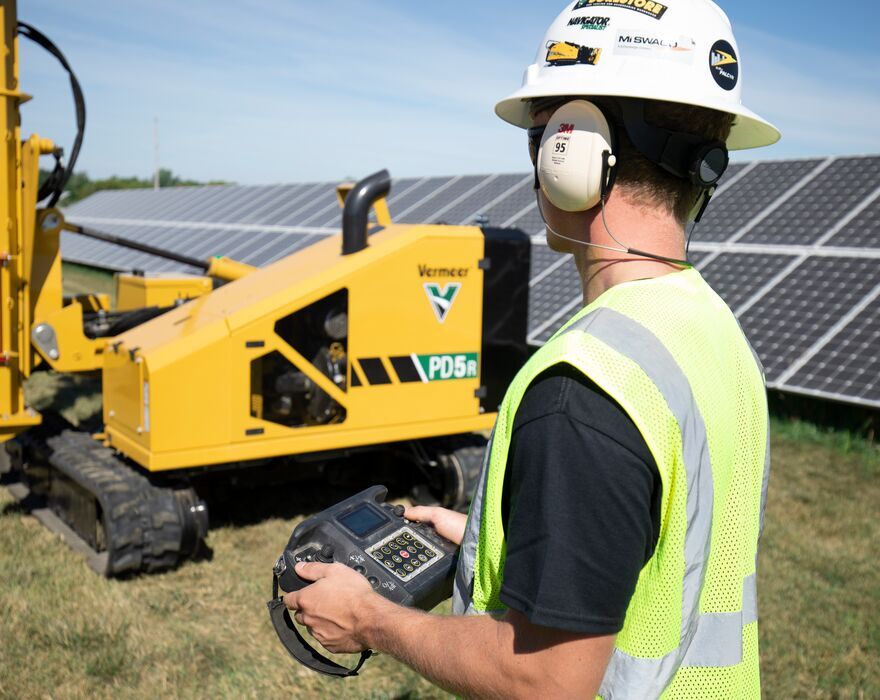
Installation Safety: Battery Management, Ventilation, and Fire Protection
Essential safety protocols for battery installation. Proper ventilation, thermal management, emergency shutoff procedures, and firefighter safety considerations for Canadian homes.
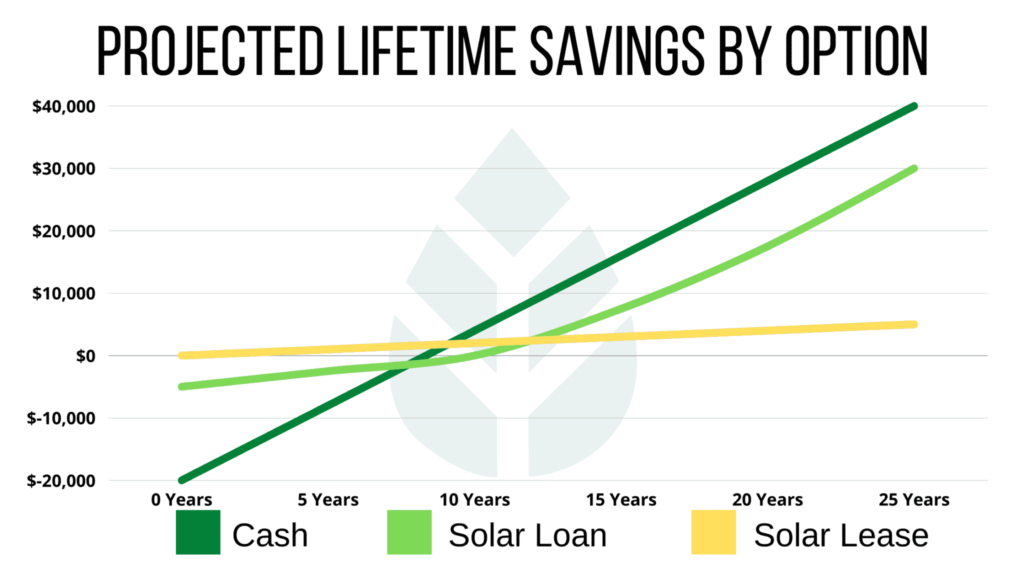
BC Hydro Battery Rebate: $5,000 for Energy Storage Systems
Maximize your battery investment with BC Hydro rebates. Calculate $500/kWh benefits, understand UL certification requirements, and program changes effective 2026.
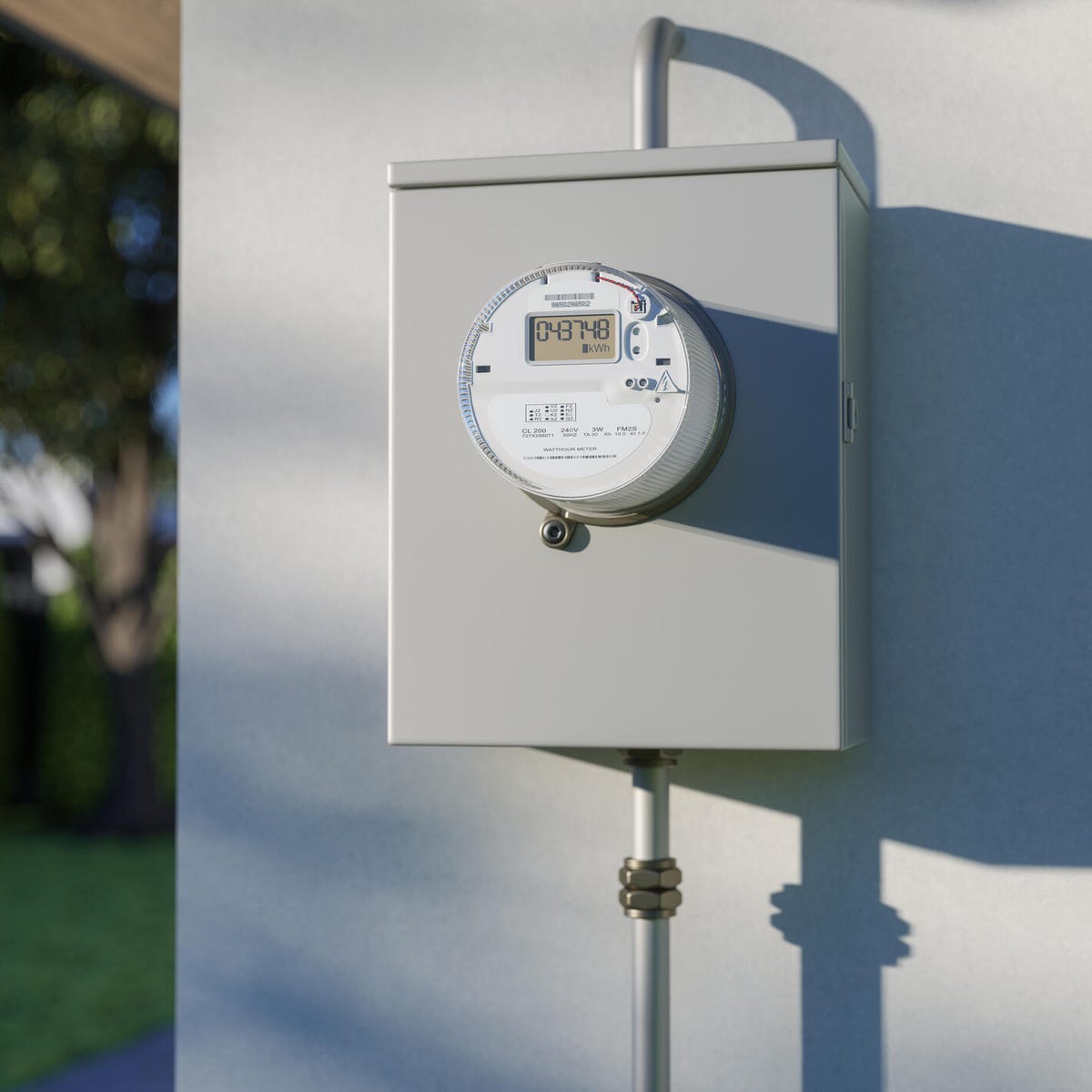
Smart Battery Management: Integration with Canadian Time-of-Use Pricing
Optimize battery usage with TOU rates in Ontario and other provinces. Smart charging/discharging strategies to maximize savings during peak and off-peak periods.